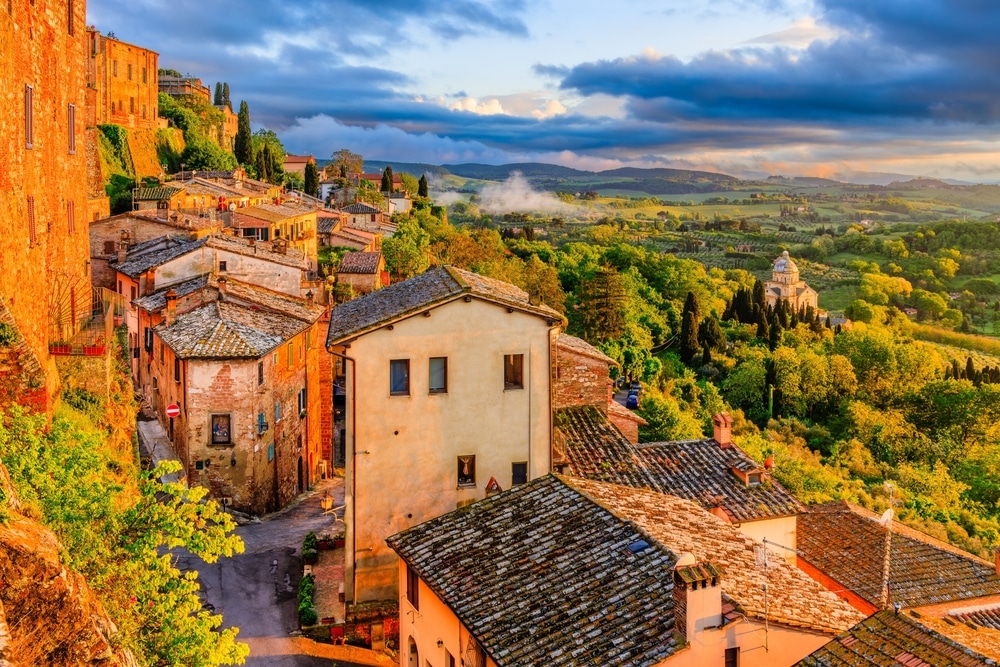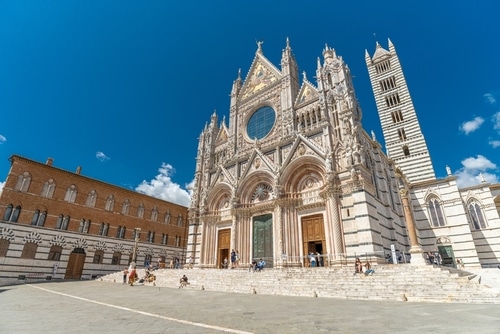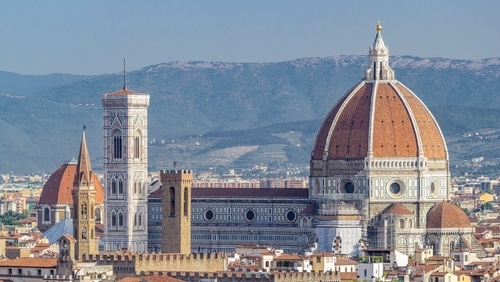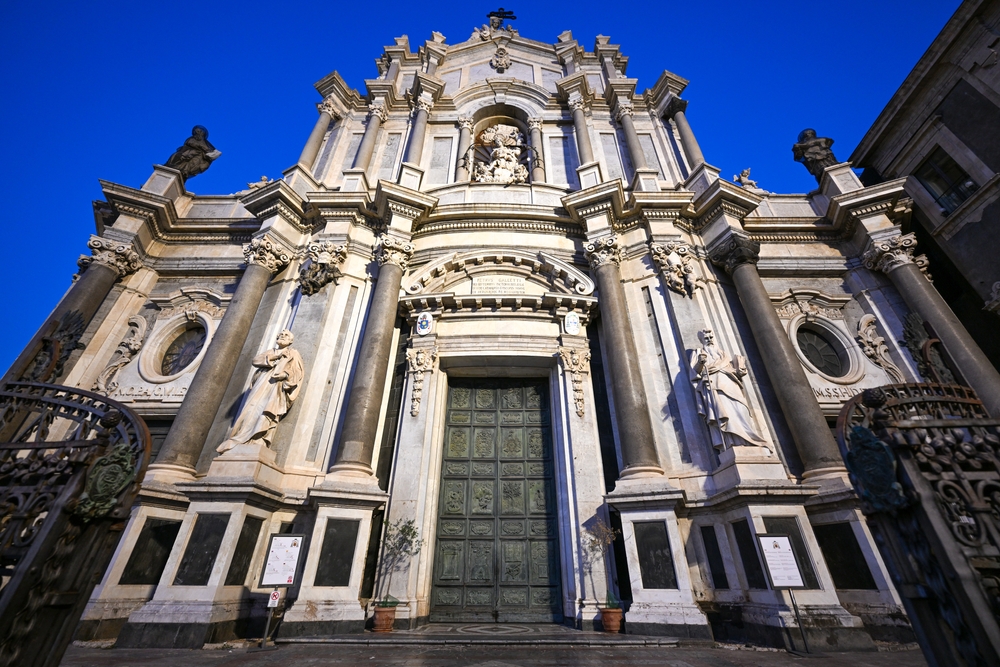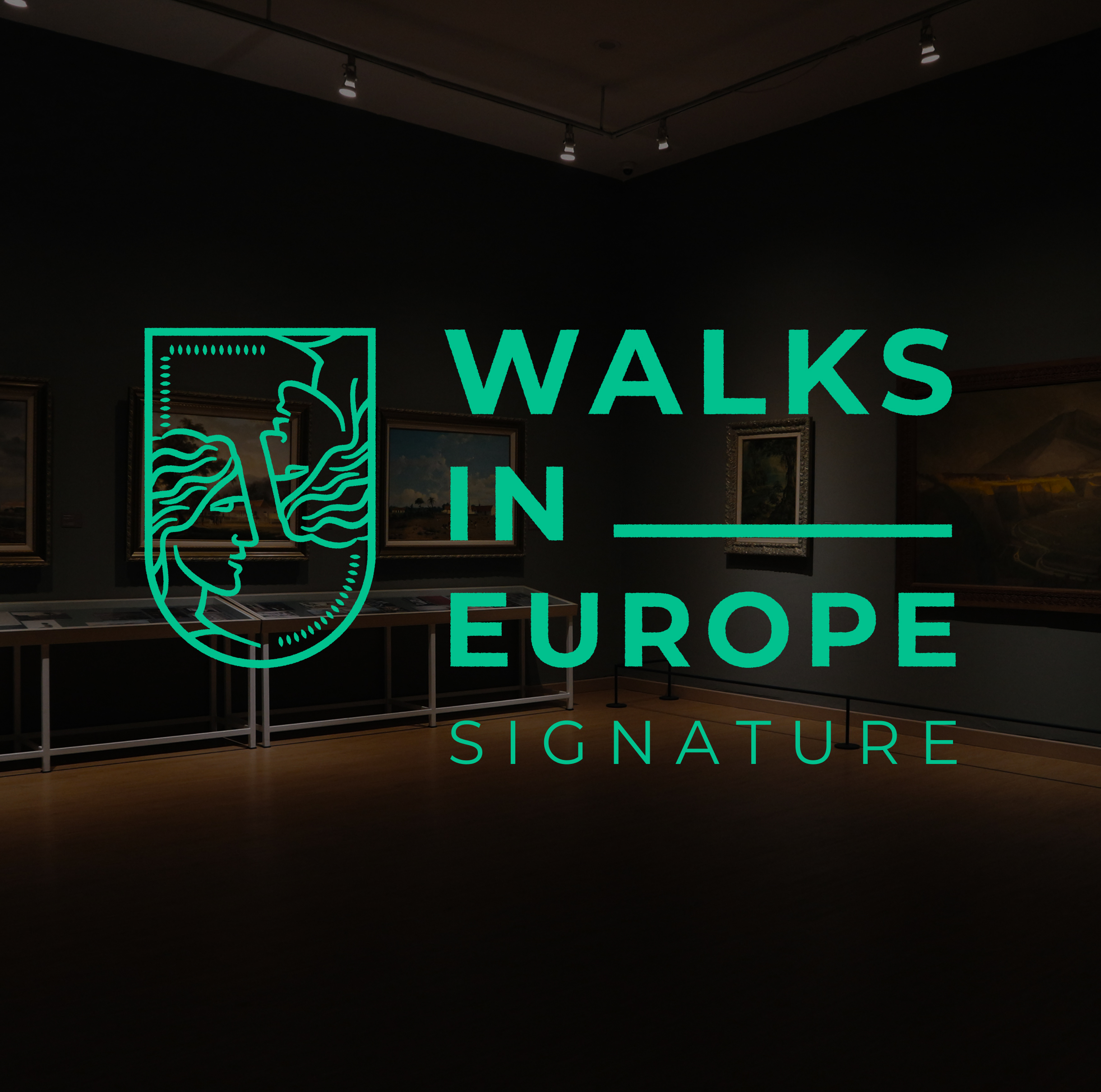If you’ve ever wondered what makes the Chianti region near Florence tick — beyond the obvious wine and rolling hills — you’re in for a treat. Chianti is one of those destinations that feel as though you’ve stepped into a postcard, but with plenty of character, history, and flavor. Let’s dive in and chat about why Chianti holds such a special place in Tuscany (and the world).
Wine, Wine, Wine – The Cherry on Top
Of course, when you hear “Chianti”, your mind probably goes to wine — and rightly so. The name “Chianti” doesn’t just describe the region; it describes the wine produced there. Here’s the quick story: winemaking in Chianti is ancient — back to the medieval era and likely further. In 1716, the area became one of the first defined wine districts in Italy.
What’s special about the wine? A significant part of it is the grape: the vast majority of Chianti wines are built around the Sangiovese grape (often 80% or more), so the character is distinctly Tuscan. The terroir (that’s wine-talk for the combination of soil, climate, aspect) here helps that grape shine — keep in mind the hills, the exposure, the woodlands.
But why is Chianti so famous? Because it ticks boxes: globally recognized wine quality, beautiful backdrop, medieval villages, and a strong sense of place. The popular opinion puts it clearly: “The Chianti wine region is one of the most famous in all of Italy thanks to its high-quality wines and picture-perfect surroundings.”
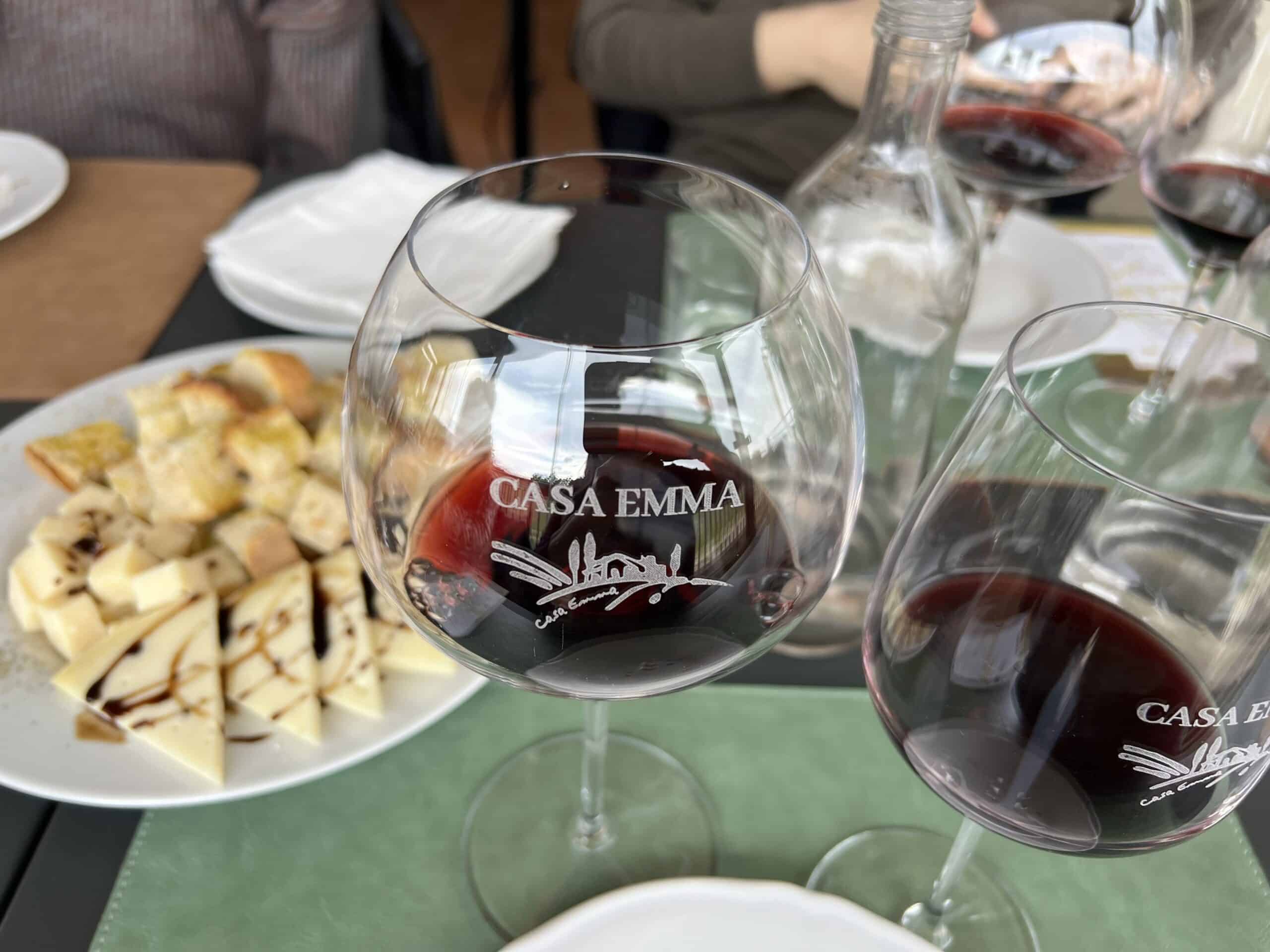
Villages, Wineries and Real-Life Tuscan Moments
One of the best ways to experience Chianti is by getting off the beaten path: wandering through villages, stopping at a family-run winery, tasting wines in a working cellar. For example: our own private tour from Florence you’ll visit the hilltop village of Montefioralle for panoramic views, then stroll through the charming square of Greve in Chianti. Then follow up with a special guided tour of a family-run winery.
Villages like Montefioralle or Greve in Chianti are charming, steeped in history, surrounded by vines and olive trees. They give you that “Italy as you imagined it” feeling, minus the stress of course.
The vineyards and wineries themselves often date back generations. Some combine tradition (the old cellars, the rustic farmhouses) with modern wine science — meaning you get excellent wines and authenticity.
Proximity & Ease — A Big Bonus
One of the best things about Chianti is how easy it is to reach. The region stretches between Florence and Siena, right in the heart of Tuscany, covering a scenic patchwork of hills, vineyards, and tiny medieval towns. The main road that winds through it all is the SR222, better known as the Via Chiantigiana — a beautiful, curvy drive that connects Florence to Siena and passes through classic stops like Greve in Chianti, Panzano, Castellina, and Radda.
If you’re staying in Florence, Chianti is the perfect day trip or half-day escape. It’s only about 30–40 minutes by car from the city center to the first vineyards, making it one of the most accessible countryside getaways in all of Tuscany. You can rent a car, join a guided tour, or even hire a private driver if you want to sit back and enjoy the views (and the wine!).
Public transportation is limited in the hill areas, but you can catch buses from Florence to towns like Greve in Chianti or Castellina, then explore locally on foot or by bike. Many visitors also combine a visit to Chianti with a stop in Siena or San Gimignano, creating a relaxed loop through Tuscany’s most iconic landscapes.
Whether you drive, cycle, or join a private wine tour, getting to Chianti is part of the fun! We promise – every bend in the road reveals another postcard view. And the best part? You can be back in Florence in time for dinner, feeling like you’ve spent a day in a completely different world.
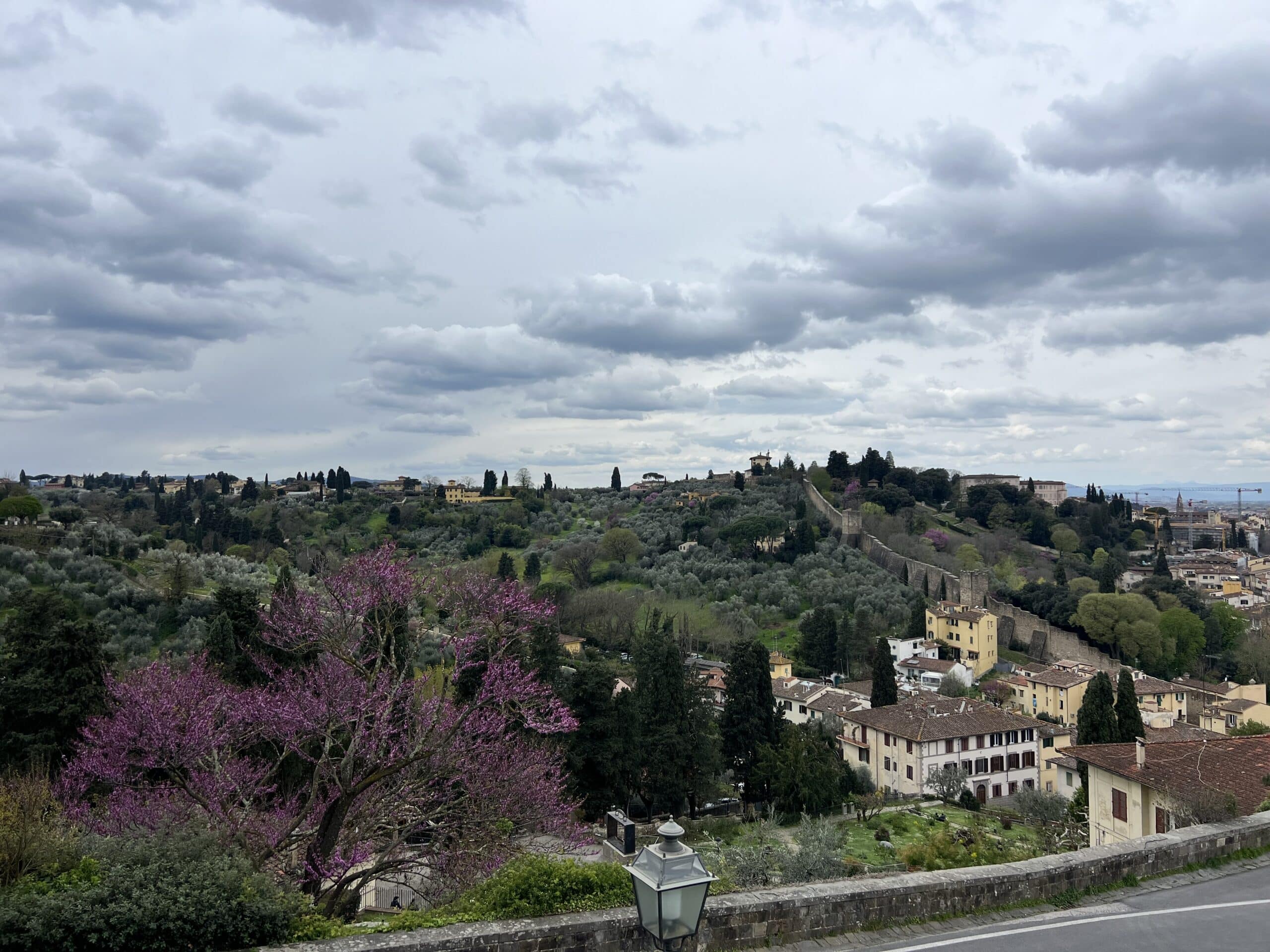
A Little History and Legacy
There’s something deeply historic about Chianti: the vineyards have been there for centuries, the villages are old, the way of life has deep roots. An edict in 1716 by Cosimo III de’ Medici defined the area and effectively made Chianti one of the first regulated wine zones in the world.
Furthermore, Chianti’s roots run deep, not just in the soil, but in history itself. The region’s winemaking traditions go back to Etruscan times, long before Rome rose to power. Archaeologists have found evidence of vineyards and wine storage here dating back over 2,000 years, proving that the Tuscan love for wine is truly ancient.
Fast forward to the Middle Ages, and Chianti was already recognized as prime vineyard land. The rolling hills between Florence and Siena became hotly contested during their long city-state rivalry, with castles and fortresses dotting the countryside as reminders of those turbulent times. Villages like Radda, Castellina, and Gaiole in Chianti formed what was known as the Lega del Chianti (the Chianti League), a medieval military alliance under Florentine rule — and yes, even back then, wine was their claim to fame.
Then came the major turning point: in 1716, Grand Duke Cosimo III de’ Medici issued a decree officially defining the Chianti wine zone — making it one of the first legally protected wine regions in the world. This early version of the “Denominazione di Origine Controllata” (DOC) system helped secure Chianti’s reputation for quality and authenticity centuries before modern wine laws existed.
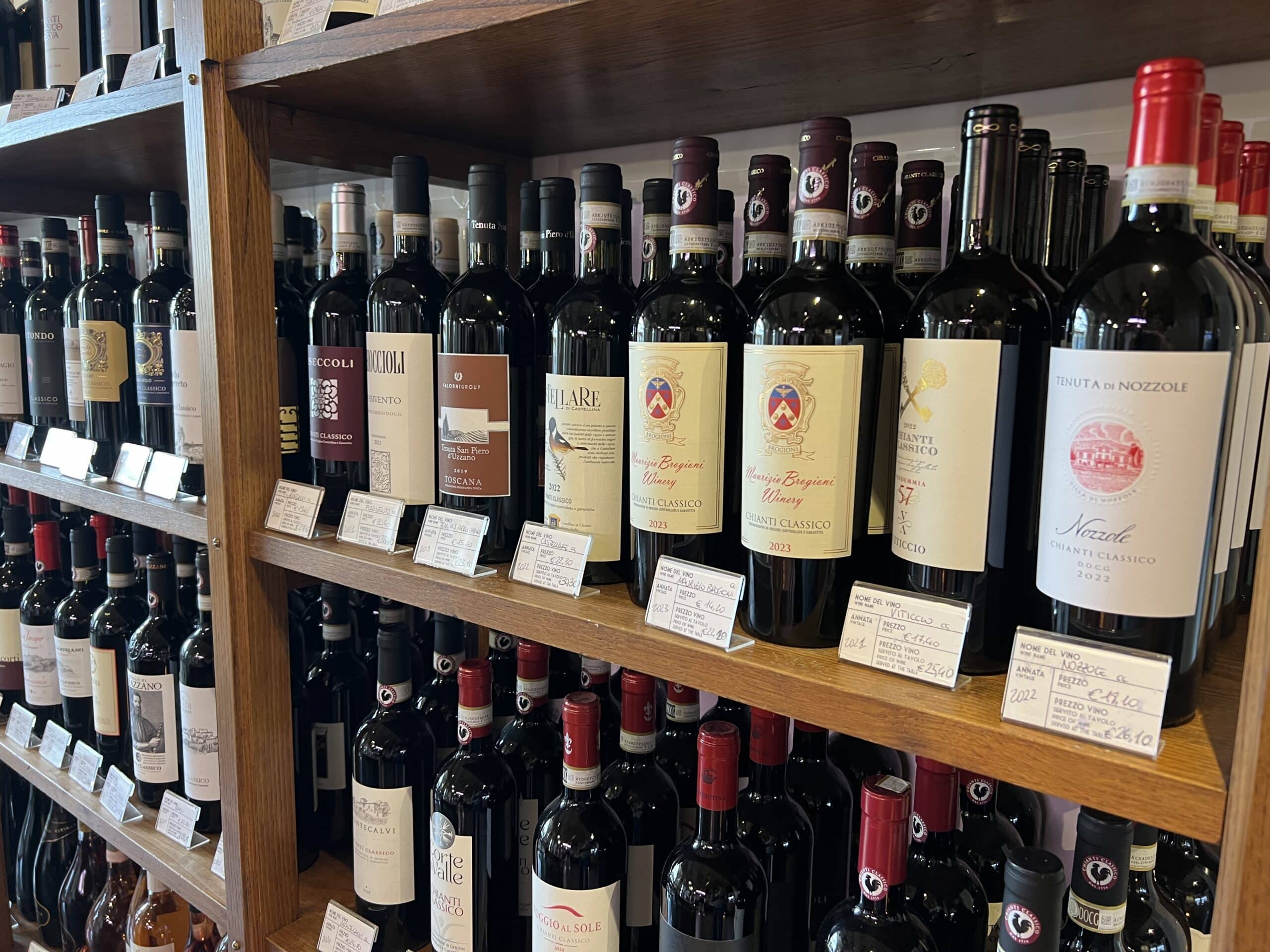
So… Why Is Chianti So Famous?
Putting all that together in short:
-
Because the wine is world-class and instantly recognizable, giving the region brand strength.
-
Because the scenery is stunning, and it fits the Tuscany fantasy in every way.
-
Because you can combine wine, villages, viewpoints, olive groves and a slower pace — all easily from Florence.
-
Because the history and tradition are real, not cosmetic.
-
Because the place feels both relaxed and refined at the same time.
Quick Tips if You Go
-
Plan for a scenic drive: The road through the region is one of those must-do journeys.
-
Visit a boutique winery: Skip the huge tourist spots for at least one smaller estate; you’ll get more authenticity.
-
Explore a hill-village: Montefioralle, Greve in Chianti, or others — the views alone are worth it.
-
Taste local pairings: Wine plus local snacks, oil, fresh bread. It amplifies the experience.
-
Allow time to wander: The magic of Chianti often happens when you stop the itinerary and just soak in the landscape.
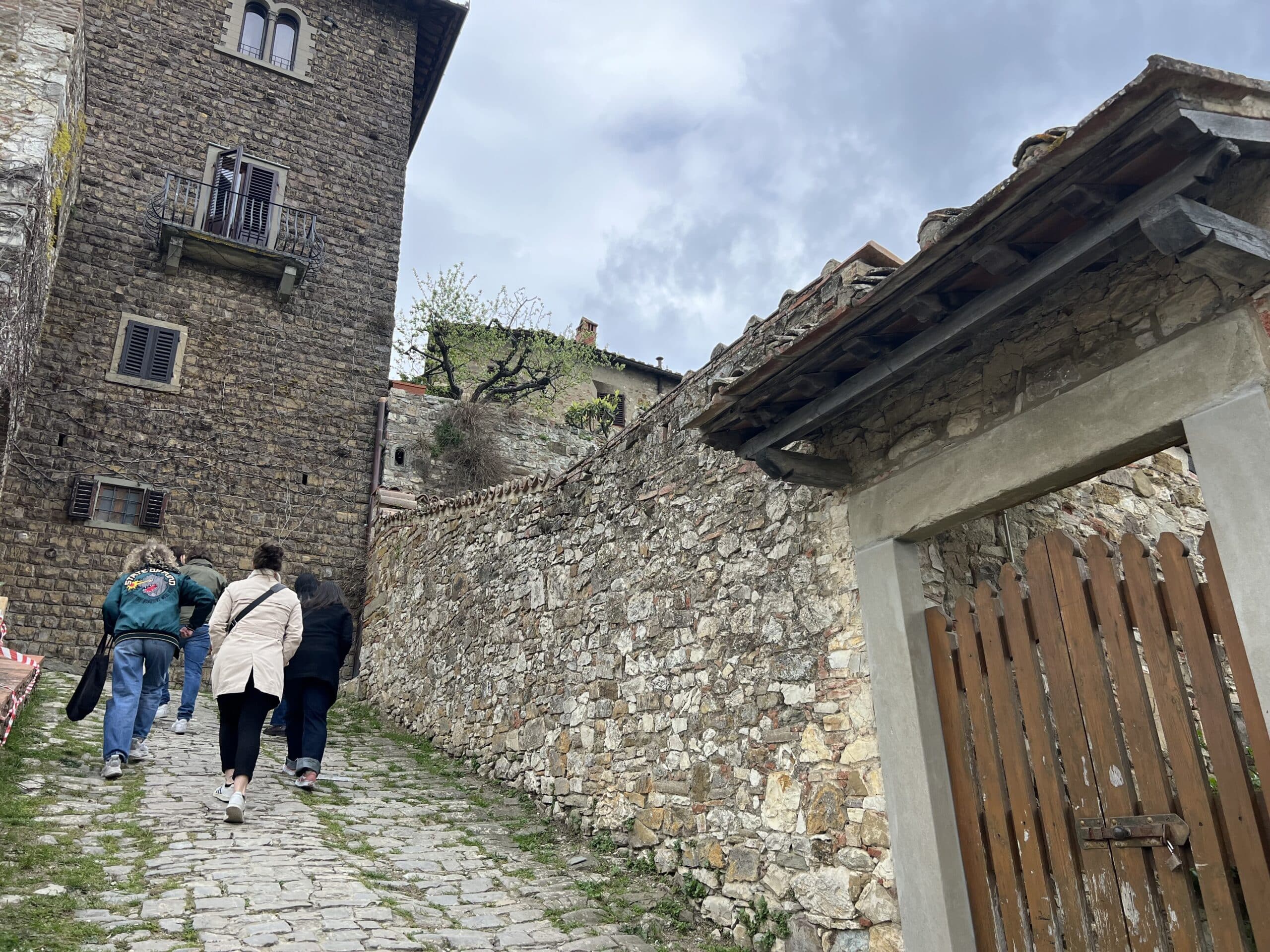
At the end of the day, Chianti is all about one special feeling. A feeling that is a mix of sunshine, rolling hills, and a glass of red wine that somehow tastes better because you’re drinking it right where it’s made. It’s chatting with locals in tiny villages, getting lost on country roads, and realizing you don’t really mind. That’s the magic of Chianti — relaxed, beautiful, and a little bit timeless. Whether you go on a guided tour or just follow your nose through the vineyards, you’ll leave with great memories… and probably a bottle (or two) to bring home.

